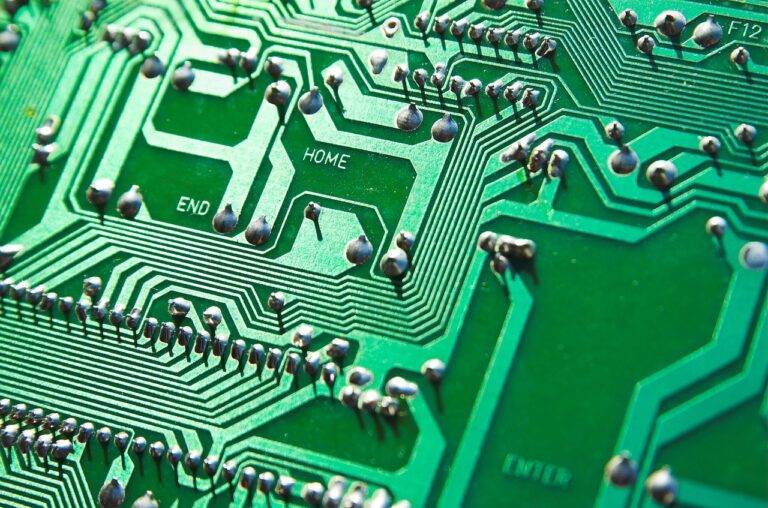Exploring the Role of Tech in Wildlife Conservation and Preservation
Advancements in technology have revolutionized the field of wildlife conservation. With tools like GPS tracking devices, camera traps, and acoustic monitoring systems, researchers can gather data more efficiently and accurately than ever before. This data is crucial for understanding animal behavior, monitoring populations, and identifying threats to endangered species.
Moreover, technology enables conservationists to collaborate and share information on a global scale. By using digital platforms to exchange data and research findings, experts from different regions can work together towards common conservation goals. This interconnected network of information and expertise is instrumental in developing effective strategies to protect and preserve wildlife around the world.
Innovative Solutions for Tracking Endangered Species
One of the cutting-edge solutions that researchers are utilizing to track endangered species is the implementation of GPS technology. By equipping animals with GPS collars, scientists can monitor their movements and gather data on their habitats and behaviors. This technology provides valuable insights into the animals’ migration patterns, population distribution, and interaction with their environment.
Another innovative approach involves the use of satellite imagery to track wildlife populations from a bird’s-eye view. Scientists can analyze high-resolution images to estimate the size of animal populations, identify habitats, and detect any changes in the ecosystem that may impact the species. This non-invasive method allows researchers to study endangered species from a distance without causing disruption to their natural behaviors.
Using Drones for Monitoring Wildlife Populations
Drones have revolutionized the way wildlife populations are monitored, providing researchers with valuable insights into animal behavior and habitat usage. These unmanned aerial vehicles can cover vast areas of difficult terrains, giving conservationists a more comprehensive understanding of the population dynamics of various species.
The high-resolution cameras mounted on drones enable detailed observations from above, allowing for accurate population counts and identification of individual animals. This data is crucial for conservation efforts, as it helps in assessing the health of wildlife populations and determining the effectiveness of protection measures being implemented.
• Drones provide researchers with valuable insights into animal behavior and habitat usage
• Unmanned aerial vehicles can cover vast areas of difficult terrains
• High-resolution cameras mounted on drones enable detailed observations from above
• Accurate population counts and identification of individual animals can be done using drones
• Data collected by drones is crucial for assessing the health of wildlife populations
How do drones help in monitoring wildlife populations?
Drones provide a non-invasive way to survey wildlife populations from above, allowing researchers to gather data on animal numbers, behaviors, and habitats without disturbing the animals.
What are some advantages of using drones for wildlife monitoring?
Drones can cover large areas quickly and efficiently, capture high-resolution images and videos, and access hard-to-reach locations, making them invaluable tools for monitoring wildlife populations.
Are there any limitations to using drones for wildlife monitoring?
While drones offer many benefits, they also have limitations such as limited flight time, weather conditions affecting their operation, and the need for skilled operators to navigate complex terrain.
How can drones benefit endangered species conservation efforts?
Drones help conservationists track and monitor endangered species more effectively, enabling them to make informed decisions about conservation strategies, habitat protection, and population management.
Can drones be used to combat wildlife poaching?
Yes, drones can be equipped with thermal imaging cameras and GPS technology to detect and deter poachers, helping to protect vulnerable wildlife populations from illegal hunting and trafficking activities.





